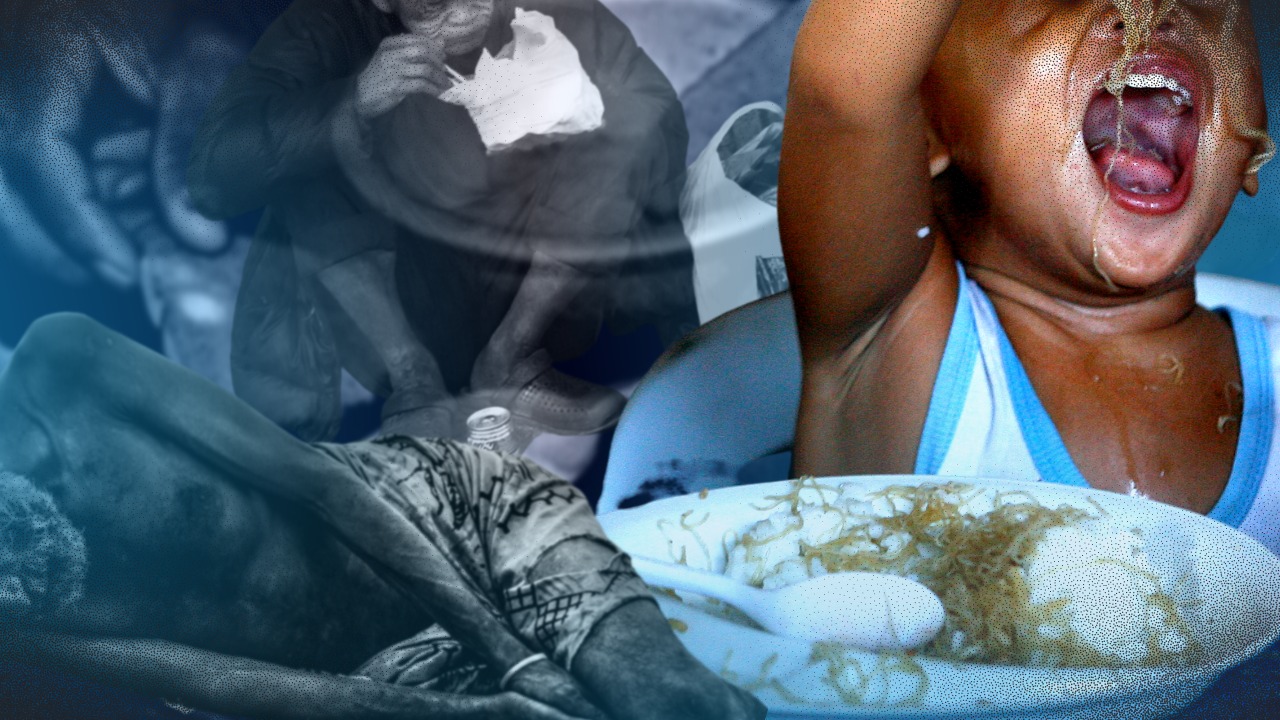MANILA, Philippines—Almost 50 percent of the population is optimistic that life will improve in the next 12 months, but Filipinos who are deep in poverty and are experiencing severe hunger are less likely to believe that life will get better.
As shown in the latest survey by the Social Weather Stations (SWS), Net Personal Optimism was only +29 among respondents who belong to households who experienced severe hunger and +37 among those who are among poor households.
This, even if optimism improved by four percentage points in the last quarter of 2022 from 45 percent in the previous quarter. Pessimists—those who believe that life will worsen—comprised five percent, while 37 percent said life will stay the same.
While the +29 is still considered by the SWS as “high,” it is way lower than the “excellent” +44 among respondents who belong to households that did not experience involuntary hunger, which is being hungry and not having anything to eat.
READ: SWS: More Filipinos believe life will improve in next 12 months
It is likewise low compared to the “excellent” +42 and +45 among those who are part of households that experienced hunger in general and households that experienced moderate hunger.
When related to poverty, Net Personal Optimism, which is the percentage of optimists less than the percentage of pessimists, among respondents who belong to poor households was only +37.
It is considered “very high” by the SWS, but a closer look would show that optimism among those that are part of non-poor and borderline poor households was at “excellent” levels of +52 and +49.
Hunger takes away hope
According to data from SWS, Net Personal Optimism among respondents who belong to households that experienced severe hunger was only +28 in the first quarter of 2022, when hunger was at 12.2 percent, with 744,000 households hit by hunger “often” or “always.”
While it spiked to +40 in the second quarter, when hunger eased to 11.6 percent—2.9 million households—optimism among respondents who belong to households that experienced severe hunger fell to +26 in the third quarter.
READ: SWS: Filipinos experiencing involuntary hunger slightly increases
It was because more Filipino households experienced severe hunger, with some 2.2 percent, or 573,000 households, hit, higher by 27,000 than the 546,000 households in the second quarter.
This further increased in the last quarter to reach 2.3 percent or 599,000 households.
SWS said Net Personal Optimism hit an “excellent” level of +43 among respondents who are part of households that did not experience hunger in the second quarter and among those that belong to households that experienced moderate hunger in the third quarter.
Optimism among respondents from households that experienced hunger in general was +30 in the first quarter, +35 in the second quarter, +40 in the third quarter and +42 in the last quarter of 2022.
Stricken by poverty
A closer look at the results showed that while Net Personal Optimism among respondents who belong to poor households is on the rise, it is still way below the “excellent” levels by those from non-poor and borderline poor households.
READ: 12.9M Filipinos feel ‘poor’ in Q4 2022 – SWS
According to data from SWS, which was released on Tuesday (Jan. 30), optimism was +32 in the first quarter, +34 in the second quarter, +35 in the third quarter, and +37 in the last quarter of 2022.
Optimism among respondents who belong to borderline poor households hit +40 in the first quarter, +47 in the second quarter, +44 in the third quarter, and +49 in the last quarter, the SWS said.
When it comes to respondents from non-poor households, meanwhile, optimism was +52 in the first quarter, +53 in the second quarter, +47 in the third quarter, and +52 in the last quarter of 2022.
But while optimism looked like improving when related to poverty, SWS said more Filipino households considered themselves poor in the last quarter of 2022, with some 12.9 million self-rated poor households.
The 51 percent, or 12.9 million, is a big spike from the 43 percent, or 10.9 million, in the first quarter, 48 percent, or 12.2 million, in the second quarter, and 49 percent, or 12.6 million, in the third quarter.
Need to ease burdens now
With headwinds, like high inflation, taking a heavy toll on Filipinos, especially the poor, the think tank Ibon Foundation said the government should prioritize immediate and substantial aid, wage increases, and small business and production support.
Last year, Albay District Rep. Joey Salceda called on President Ferdinand Marcos Jr. to create a food security cluster “to ensure that inter-agency cooperation is undertaken at the highest levels of government.”
READ: Albay solon urges Marcos to create food security cluster to ease hunger in PH
“We do not have a food security cluster yet, although it would be very useful to have one since food and nutrition issues are beyond just agriculture. They encompass trade, industry, demographic, transport, energy, and even climate change and scientific development issues,” said Salceda, an economist.
Marcos stated at the World Economic Forum in Davos last month that the government will push for food security through production, suggesting a boost in productivity in agriculture and fisheries.
Last Tuesday (Jan. 31), he also directed the Department of Social Welfare and Development to “continue calibrating the Pantawid Pamilyang Pilipino Program,” which provides conditional cash aid to the poorest of the poor.
He also called on the department to strengthen the government’s social protection initiatives, “especially since one of the measures we undertake to address poverty is through the grants that we provide for the health needs of every household and education of our children.”
